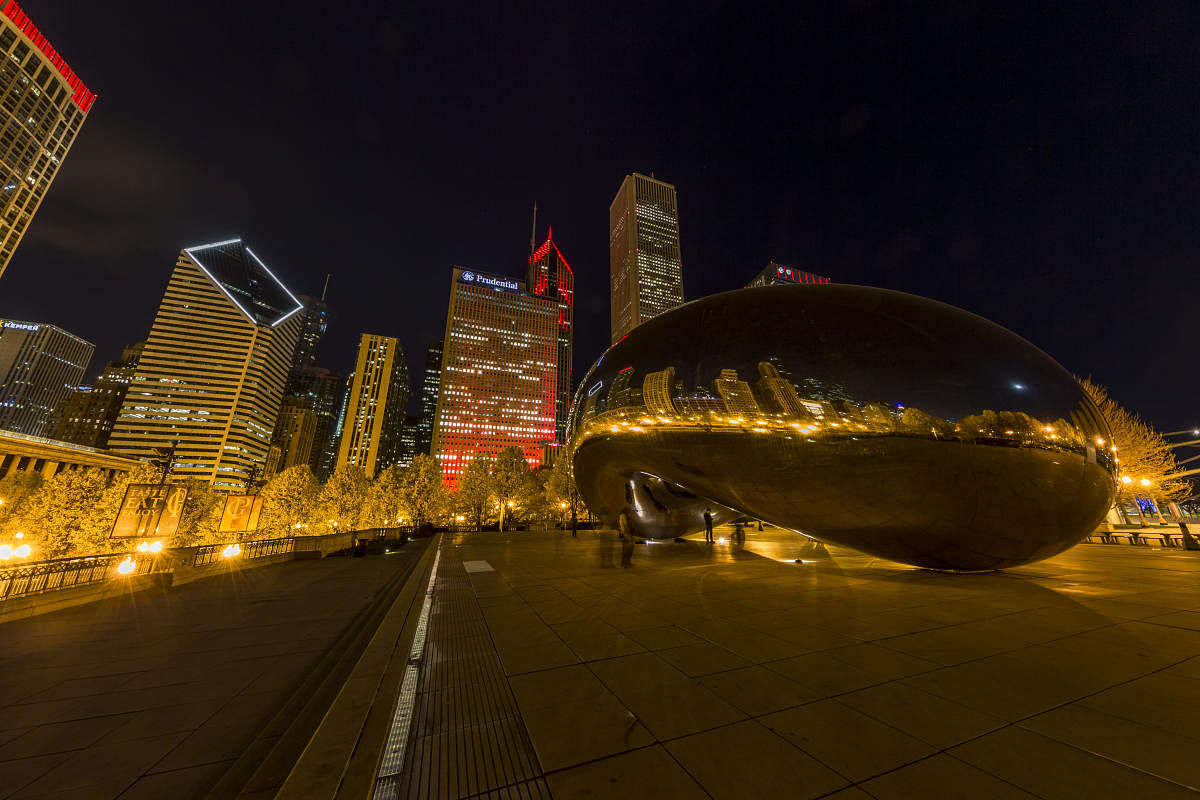
Cloud Gate’ by Anish Kapoor in Chicago, ‘Force of Nature’, located in several major cities by Lorenzo Quinn, and ‘Balloon Flower (Red)’ by Jeff Koons in New York City are a few instances of public art sculptures by well-known artists, which have now become legitimate landmarks, contributing to the overall cultural identity of these cities.
Art installed and displayed in public areas is vital in creating culturally rich spaces and contributes substantially to art awareness and appreciation. It offers an engaging art experience and ensures easy access to art outside galleries. Despite clear benefits, public art in India is an area much neglected, limited to isolated sculptures scattered in parks or at traffic junctions. It is only recently that graffiti and street art projects have been successfully implemented in select cities. In recent times, airports, railway and metro stations have been integrating art as décor and as conversation pieces. Still, there remains a lacuna, which needs to be addressed systemically through collaborative ventures.
In Bihar’s Madhubani railway station (near Patna), Madhubani paintings on the walls, painted by local Mithila artists to depict mythology and folklore, as part of the Government’s Swachh Bharat programme, have made news. Not only does it offer a way to showcase a traditional art form from the region, it has also added an aesthetic element to the otherwise drab environs. The initiative can be extended and implemented elsewhere, adopting focused approaches, keeping in mind the ethos of the location. Multimedia exhibits incorporating diverse genres, styles and sculptures, contemporary paintings, murals and installations, folk and tribal art are some of the
options that can be used for permanent exhibits at specific locations.
In fact, most metro stations around the world have a variety of art displays. Those in Stockholm, Brussels, Montreal, Athens, Prague and Moscow are known for their art and graffiti.
In India, there appears to be two major issues with public art projects — the first relates to budget, sponsors and timely disbursement of funds. And the second is associated with maintenance and preservation of the artwork, once it is installed. Several public art ideas are great on paper, go through bureaucratic red tape and then either die a natural death or end up as a symbolic gesture. Sometimes, this also happens due to lack of sufficient funds and/or lack of accountability. Enlisting corporate support in creating site-specific public art and ensuring its maintenance can create mutually synergistic relationships. It could be a great way to nurture interest in art and culture and revitalise public spaces. Something to think about this year!
The author is a Bangalore-based art consultant, curator and writer. She blogs at Art Scene India and can be reached on artsceneinfo@gmail.com
Dab Hand is your fortnightly art world low-down. It will tell you all about what fresh ideas are out there, what to collect and what to admire from afar. And, of course, what not to.